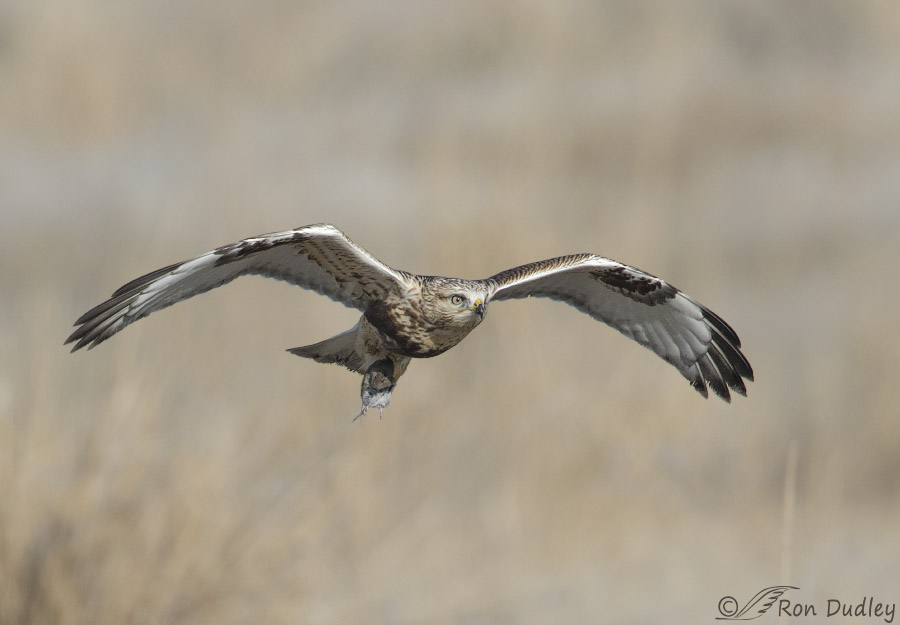Tag: stoop
Another Encounter With The Antelope Island Prairie Falcon
Two days ago we located the Prairie Falcon on the causeway once again. This bird spends most of its time on the island itself but occasionally ventures onto the causeway to hunt ducks. I’m quite sure, as are others who are more falcon knowledgeable than I, that it’s the same individual in all of my recent Prairie Falcon posts. Usually I complain about not being able to get close enough to my subjects but here I had the opposite problem. The only way I could even see this bird was from very close. From any further away the falcon was completely obstructed by the road edge and the vegetation growing there. The first two images are essentially full frame (very little crop) and that’s without my tc attached, so the falcon is too tight in the frame but this post is more about falcon adaptations than it is about aesthetics anyway. 1/1600, f/9, ISO 500, 500 f/4, natural light, not baited, set up or called in This bird was a mess! It had apparently just finished dining on duck so it was wet, blood encrusted and disheveled, with tidbits still clinging to feet and beak. The bird is meticulously cleaning and scratching its beak with those impressive talons, which seems to me to be about like picking one’s teeth with a Bowie knife. 1/1600, f/9, ISO 500, 500 f/4, natural light, not baited, set up or called in But what I found particularly interesting about many of the images I took of this bird was the good look at the well-defined and bulging crop. …
Peregrine Falcon Feeding Behavior (graphic)
The Peregrine Falcon has always been a nemesis bird for me. I’ve occasionally seen them far off, either in flight or perched, but have never been able to get close to one. All that changed last week when I spent an incredible half hour very close to a young bird while it was feeding on a female Northern Shoveler. That’s the good news. The bad news is that there was no LIGHT! DAMMITALL! It was heavily overcast with only a bright spot in the clouds to mark the position of the sun. As usual, this kind of situation requires lots of compromises between shutter speed, ISO, depth of field, motion blur, catch lights, ad infinitum… So compromise I did but I still got many feeding behavior images I find interesting. And since one of the primary focuses of this blog is bird behaviors, you guessed it – a blog post… First – a warning. Some of these photos are graphic. Proceed with caution if your sensitivities are fragile. 1/250, f/5.6, ISO 640, 500 f/4, 1.4 tc As I first approached this falcon it was depluming the duck. At times feathers were flying everywhere but at these shutter speeds and apertures many of those shots ended up in the delete bin. At this point I was still using the 1.4 teleconverter but the bird soon let me approach close enough that I was able to ditch the tc and get slightly more shutter speed. Take visual note of the size of the crop in this image when the falcon has just begun…


